
College of Engineering's 2017 game changers
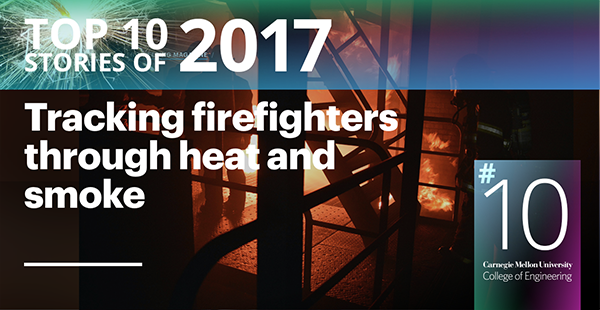
Source: Carnegie Mellon University College of Engineering
10. Tracking firefighters through heat and smoke
Electrical and computer engineering professors Anthony Rowe and Bruno Sinopoli, both pioneers in the area of indoor positioning for over a decade, are now advancing wireless broadband communications for use in extremely hostile environments such as burning buildings.
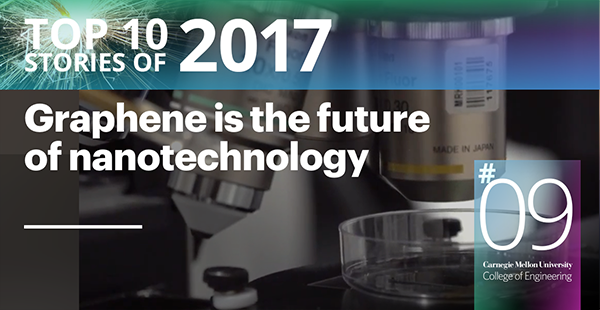
Source: Carnegie Mellon University College of Engineering
9. Graphene is the future of nanotechnology
Graphene has been hailed by many as the “wonder material” of the 21st century, especially for nanotechnology applications. But questions remain: is graphene toxic to the human body? Will graphene remain flat, or is it possible to form it into 3-D shapes? Carnegie Mellon researchers recently published insights to both questions.
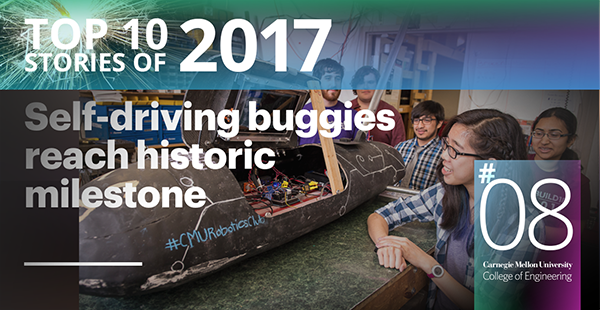
Source: Carnegie Mellon University College of Engineering
8. Self-driving buggies reach historic milestone
For the first time in history, two self-driving buggies will be part of Carnegie Mellon University's Spring Carnival Sweepstakes.
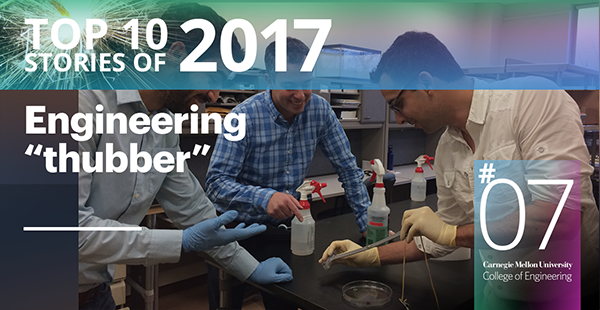
Source: Carnegie Mellon University College of Engineering
7. Engineering “thubber”
“Thubber” is a thermally conductive rubber material that represents a breakthrough for creating soft, stretchable machines and electronics.

Source: Carnegie Mellon University College of Engineering
6. PPP emerges as strongest team in DefCon history
At a time when the need for cybersecurity expertise is at its highest, Carnegie Mellon University’s hacking team won its fourth “World Series of Hacking.”

Source: Carnegie Mellon University College of Engineering
5. Sending signals to keep cyclists safe
Bicyclist fatalities in 2015 were at their highest level since 1995–818 cyclists died and approximately 45,000 were injured. To reverse this alarming trend, Anthony Rowe says that early-warning collision systems that are making their way into our auto fleet must not only detect cyclists but also predict how they will move.
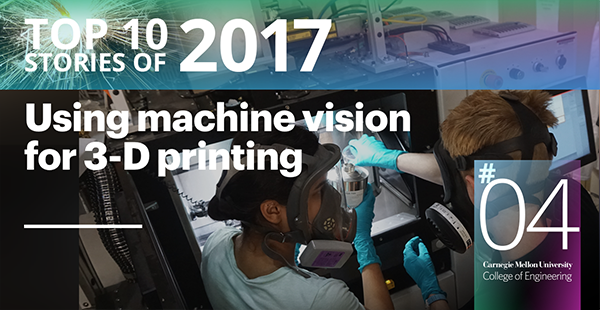
Source: Carnegie Mellon University College of Engineering
4. Using machine vision for 3-D printing
Materials science and engineering’s Prof. Elizabeth Holm has developed machine vision technology that can autonomously identify and sort metal 3-D printing powder types better than humans. This cutting-edge system will enable 3-D printing machine users to accurately test and qualify printed metal parts for any number of applications including aerospace and medical devices.
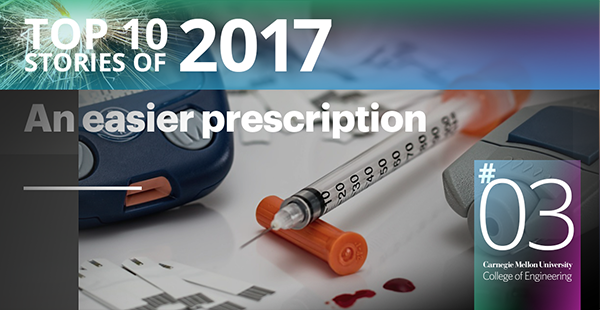
Source: Carnegie Mellon University College of Engineering
3. An easier prescription
What is standing in the way of oral alternatives to injectable medications? Our own digestion systems. Chemical engineering’s Whitehead and DHTI’s Russell are working to tackle this challenge. They have created a packaged protein that survives digestion-like conditions and is easily transported across the intestinal barrier in a cell culture model.
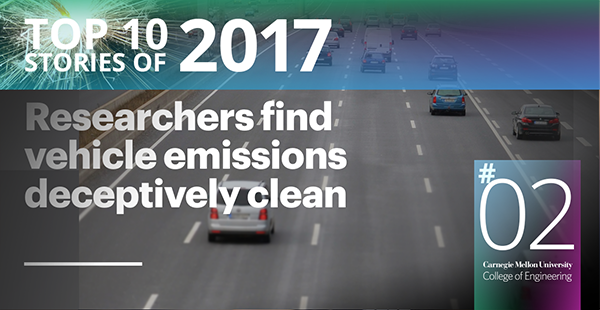
Source: Carnegie Mellon University College of Engineering
2. Researchers find vehicle emissions deceptively clean
Researchers at Carnegie Mellon University’s College of Engineering found that newer gasoline vehicles emit less particulate matter, but vapors in the “cleaner” exhaust form particulate matter in the atmosphere long after exiting the tailpipe.
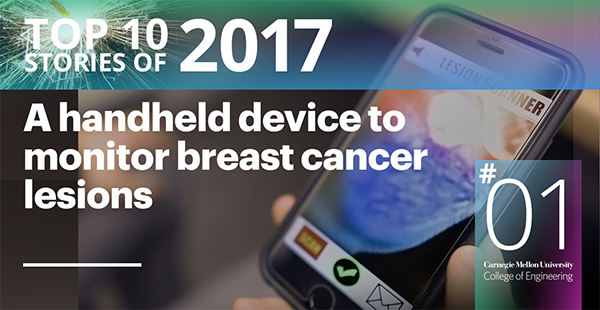
Source: Carnegie Mellon University College of Engineering
1. A handheld device to monitor breast cancer lesions
Biomedical engineering Ph.D. student Constance Robbins is creating a breast lesion monitoring device that has the potential to revolutionize breast cancer treatment worldwide.